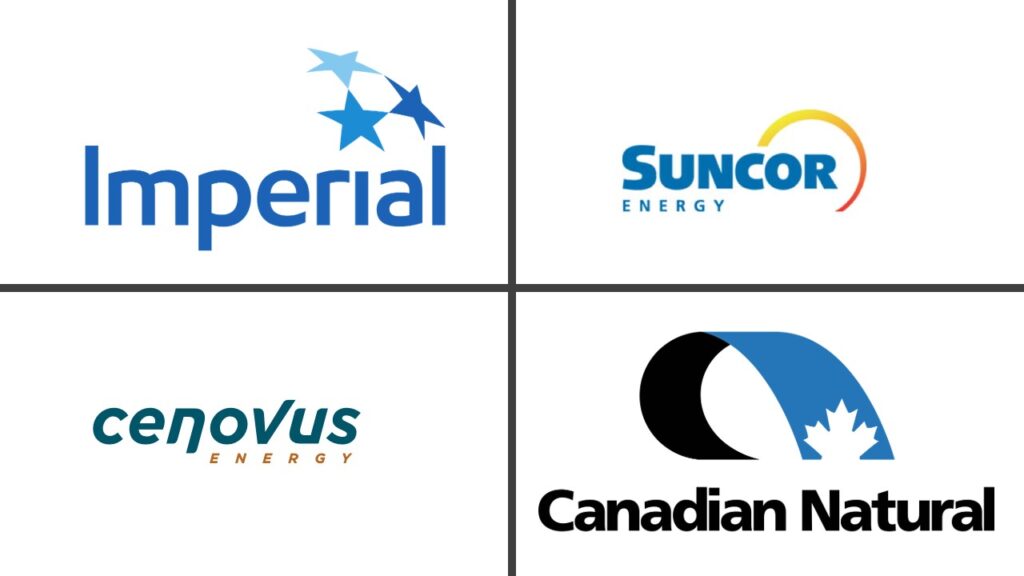Does production equal prosperity?
Alberta Premier Danielle Smith has been throwing around some very optimistic what-if numbers in her relentless lobbying efforts to build ever-more oil pipelines. “If we had the Energy East, if we had Keystone XL, if we had Northern Gateway, we would be producing two and half million barrels a day more than we are today,” said Smith on July 15. “That would be generating somewhere in the order of — oh, I don’t know — $60 billion a year in revenue for our country.”
On one point, Smith is almost certainly correct: she doesn’t know. Her $60 billion figure is vastly inflated given that annual bitumen royalties even during boom years have never exceeded one third of that amount. The global market for crude is famously volatile and in long-term decline. Is this the time to invest even more in oil infrastructure?
The tortured logic behind Smith’s pipeline promotion is that global oil demand will keep growing for decades to come, as is assumed by the impartial thinkers at OPEC. Instead, oil consumption will likely peak in 2029 and may already be in decline in China.
However, for the sake of argument let’s indulge the enthusiasts of the oil patch and assume Alberta did scale up another 4 million barrels of production per day. Who would buy it?
Peak Oil 2029
Worldwide consumption of oil is currently 103 million barrels per day. However, the global market for ultra-heavy sour crude produced by Alberta is only 10 million barrels a day. This high sulfur feedstock requires expensive and specialized refining capacity, 55 percent of which is in North America.
Alberta already supplies 60 percent of this local capacity, exporting about 3.3 million barrels a day of bitumen to U.S. refineries. Will new pipelines really allow Canada to double oil production as the premier relentlessly repeats? Smith is somehow assuming that Alberta could profitably take away over 50 percent of the remaining market share for heavy sour crude from low-cost players like Saudi Arabia than have their own vast reserves of high sulfur oil and local refining capacity.
The International Energy Agency is predicting that global peak oil demand will arrive in four short years accompanied by a supply surplus of 8 million barrels per day. Crude consumption at Chinese refineries is already decreasing, while Mideast competitors like Saudi Arabia enjoy a dominant market share in Asia and lower transportation costs. Building a contentious and expensive pipeline to the B.C. north coast as we enter an era of waning demand is a recipe for economic failure.
Smith’s assumption that increased production always results in increased prosperity is bogus. Royalty rates are based on oil prices. During the COVID pandemic global oil prices plummeted to $42 per barrel, as did Alberta bitumen revenues. Alberta bitumen royalties in 2020/21 plunged to less than 5 percent of Alberta government revenues that year, and only 0.08 percent of national GDP.
What would the price of crude be in 2030 when there might be a global supply glut of 8 million barrels per day? Crystal balls can be quite cloudy, but some projections place West Intermediate (WTI) crude only slightly higher than dark days of the pandemic at $48.55. Since every dollar decline in crude prices takes a $750 million bite out of the provincial budget, Alberta can expect $14 billion less in government coffers five years from now. Bitumen companies during the pandemic also curtailed production to limit their losses when prices collapsed. Why would the future be any different than the past?
Jobs Lost, Debt Tripled
History holds other lessons that undermine the core conceit of pipeline promoters: that more production always equals greater prosperity. Alberta bitumen extraction has ballooned by 50 percent since 2015. So what does the province have to show for it?
Ten years ago, Alberta’s debt was $37 billion. It has since almost tripled to $101 billion. Automation eliminated over 25,000 oil and gas sector jobs between 2014 and 2021. Those job losses are projected to accelerate, wiping out about 30 percent of the remaining oil patch workforce by 2040. Alberta also has the lowest minimum wage in the country and has not seen an increase since 2018.
Ten years ago, bitumen producers were reinvesting about a quarter of their revenues into job-creating capital expenditures. With peak oil consumption only a few years away companies are understandably instead ploughing profits into dividends and share-buybacks, most of which benefit non-Canadians since 75 percent of shareholders reside in other countries.
Meanwhile, one in five Albertans cannot find a family doctor and increasing wait times mean almost 60 percent of patients rate their emergency room experience as “poor.” Alberta trails the country in providing access to a variety of health care providers. The province recently exceeded the entire United States in measles cases, and topped the country on the rage index. Is this what success looks like?
We all want a safe, wealthy and happy country. The oil patch and their proxies of course want to sell you the notion that prosperity only comes out of a pipeline. Don’t buy it.
Subscribe to our newsletter
Stay up to date with DeSmog news and alerts






